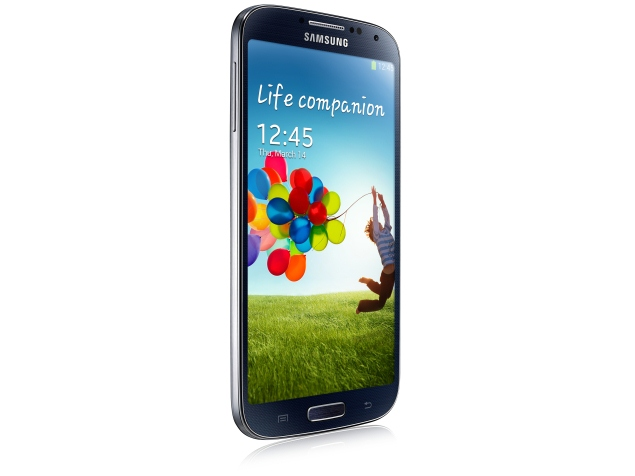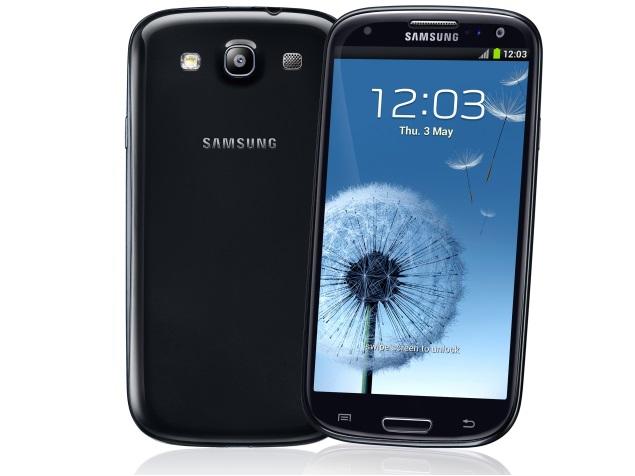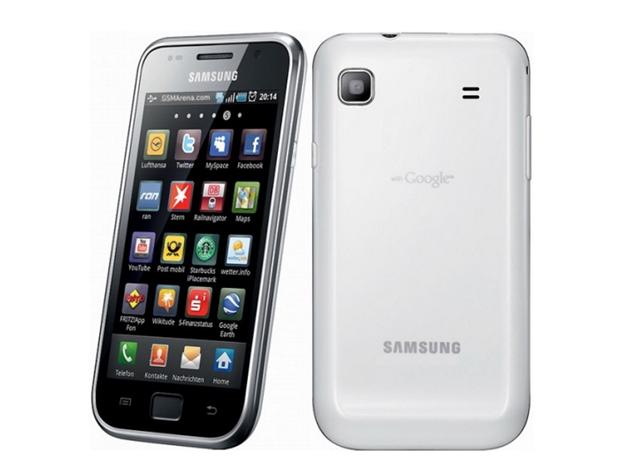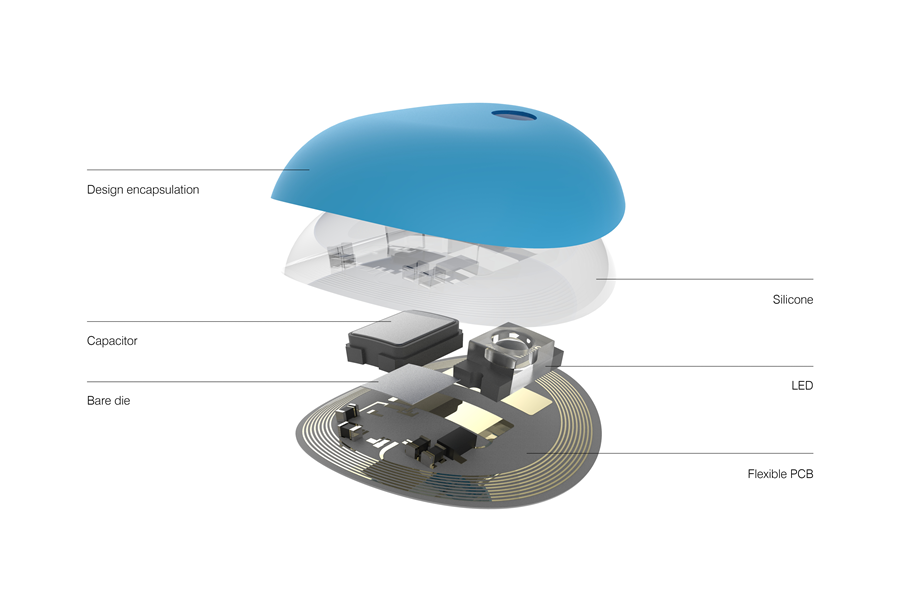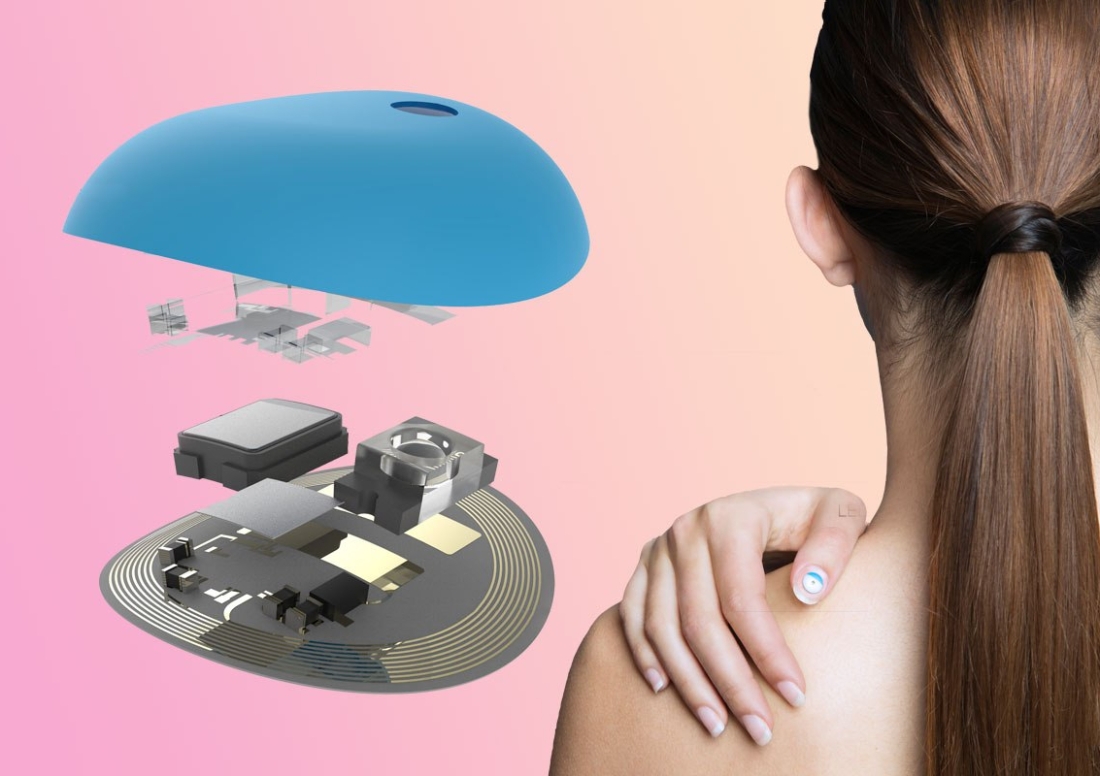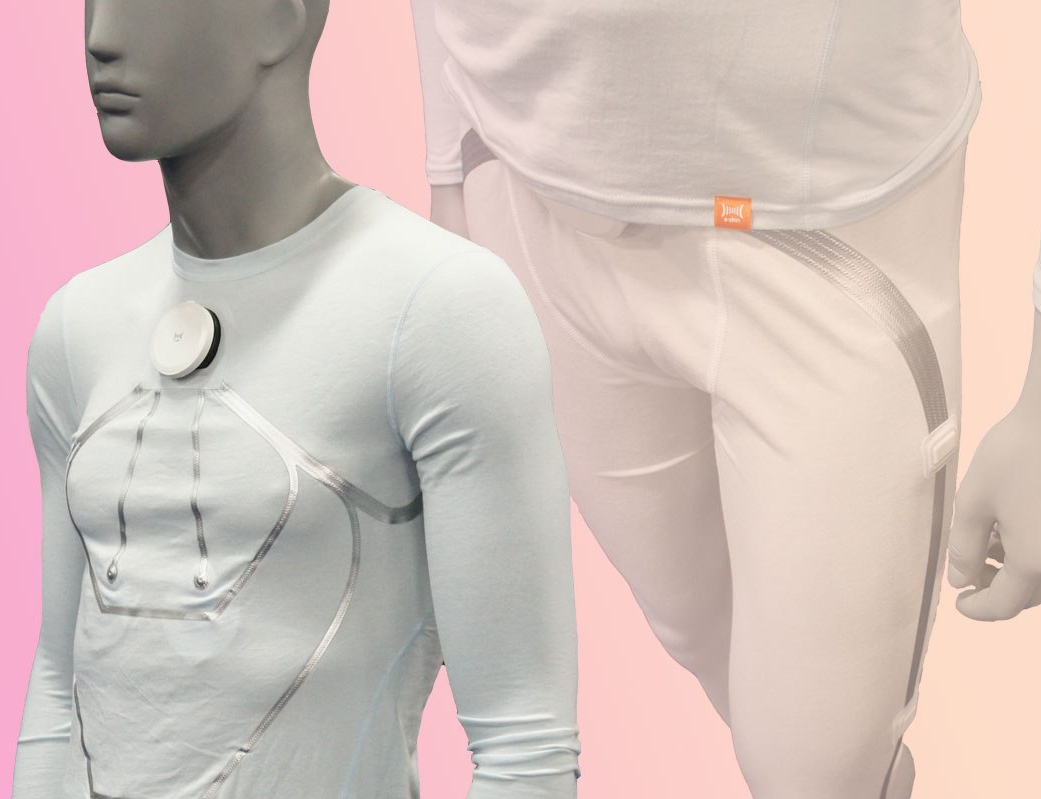Samsung Galaxy S II smartphone was launched in April 2011. The phone comes with a 4.30-inch touchscreen display with a resolution of 480 pixels by 800 pixels. Samsung Galaxy S II price in India starts from Rs. 5,499.
The Samsung Galaxy S II is powered by 1.2GHz dual-core processor and it comes with 1GB of RAM. The phone packs 16GB of internal storage that can be expanded up to 32GB via a microSD card.Founded back in 1969 as Samsung Electric Industries, Suwon, South Korea-headquartered Samsung Electronics today makes everything from televisions to semiconductors. It released its first Android smartphone in 2009, and can be credited with the launch of the first Android tablet back in 2010. Pick up the phone and the first thing you notice is how light it is – it’s just 116g. Measuring 8.49mm, it’s incredibly slim in comparison to 9.9mm for the original Galaxy S; 9.3mm for the Apple iPhone 4 and 8.7mm for the Sony Ericsson Xperia Arc. While the Galaxy S2 will certainly fit into the tightest jeans pocket, the compromise is build quality – the body just feels cheap and uninspiring. Things don’t improve when you remove the wafer thin back to insert a sim – we’d be seriously worried about snapping it. Controls are limited to volume on one side, power on the other, MHL port, which serves a dual purpose of charging via USB and outputting to HDMI, and a 3.5mm jack on the top, Samsung includes a range of streaming options including DLNA. Samsung Galaxy S2: Screen The highlight of S2 is the 4.3-inch 800×480 screen, which incorporates Super AMOLED Plus technology. Colours are eye popping and blues and greens literally jump out of the screen at you. Off-angle viewing is excellent too – the first phone we’ve seen to match the iPhone 4. A larger screen sizes means that the phone is bulky, but it’s a joy for movies. When playing back our test HD movie clips, detail is sharp and action smooth. We found that whites aren’t as pure or bright as those on the Apple iPhone 4, although blacks seem darker and colours are bolder and warme
The company is among the biggest players in the smartphone market in the world. It has recently developed smartphones running Tizen OS, as an alternative to its Android-based smartphones.
As far as the cameras are concerned, the Samsung Galaxy S II packs a 8-megapixel primary camera on the rear and a 2-megapixel front shooter for selfies.
The Samsung Galaxy S II runs Android 2.3 and is powered by a 1650mAh removable battery. It measures 125.30 x 66.10 x 8.49 (height x width x thickness) and weigh 116.00 grams.
The Samsung Galaxy S II is a single SIM (GSM) smartphone that accepts a Regular-SIM. Connectivity options include Wi-Fi, GPS, Bluetooth, NFC and 3G. Sensors on the phone include Compass Magnetometer, Proximity sensor, Accelerometer and Gyroscope.
Credit : https://gadgets.ndtv.com/samsung-galaxy-s-ii-554

